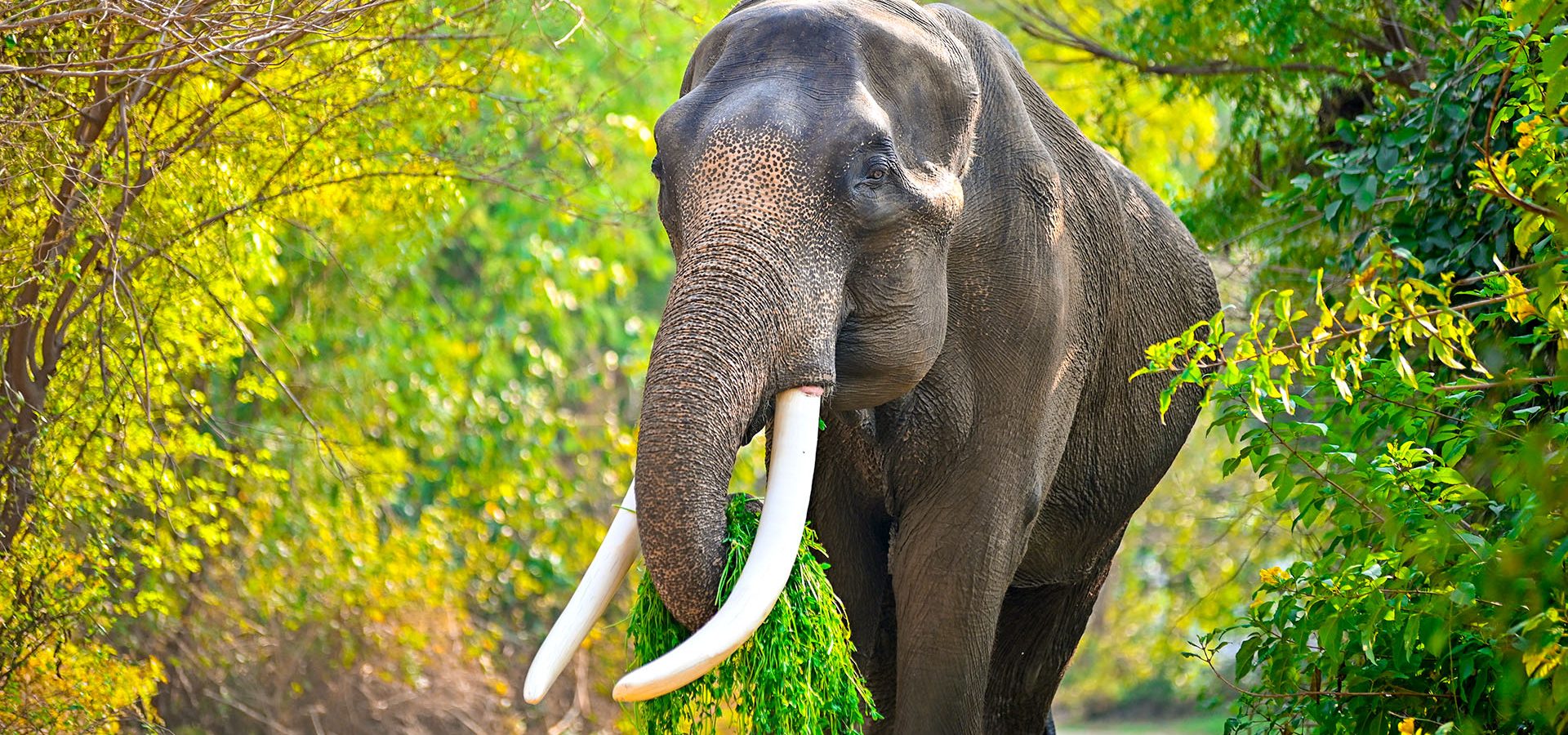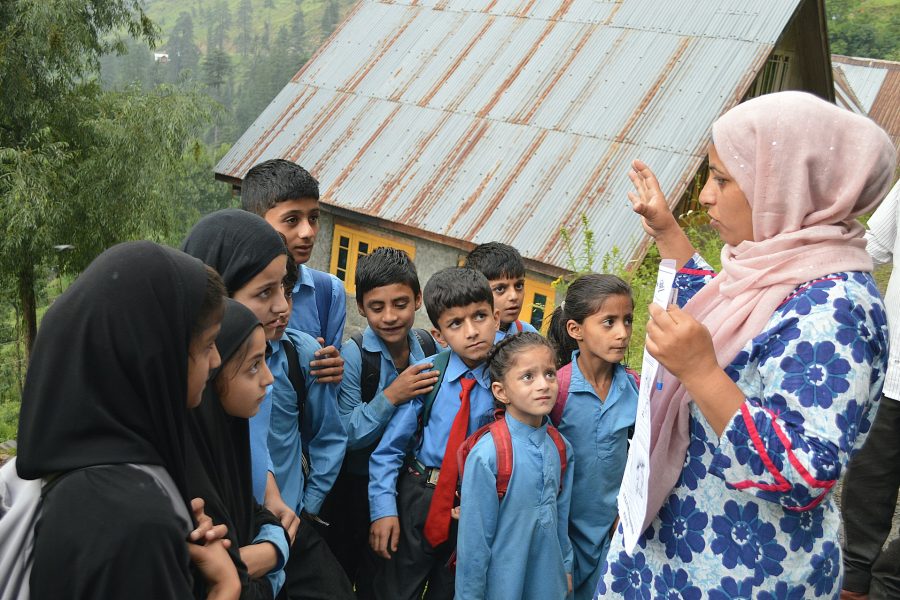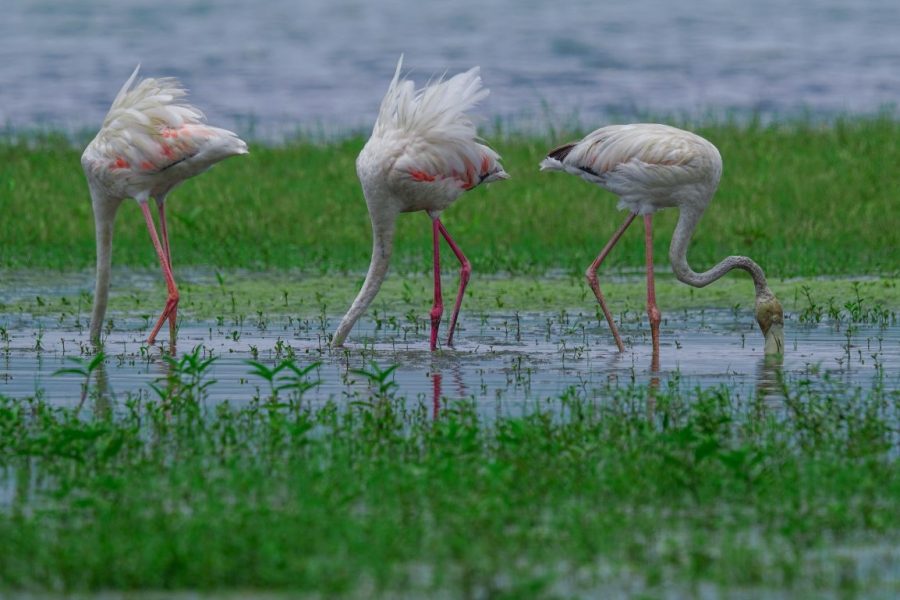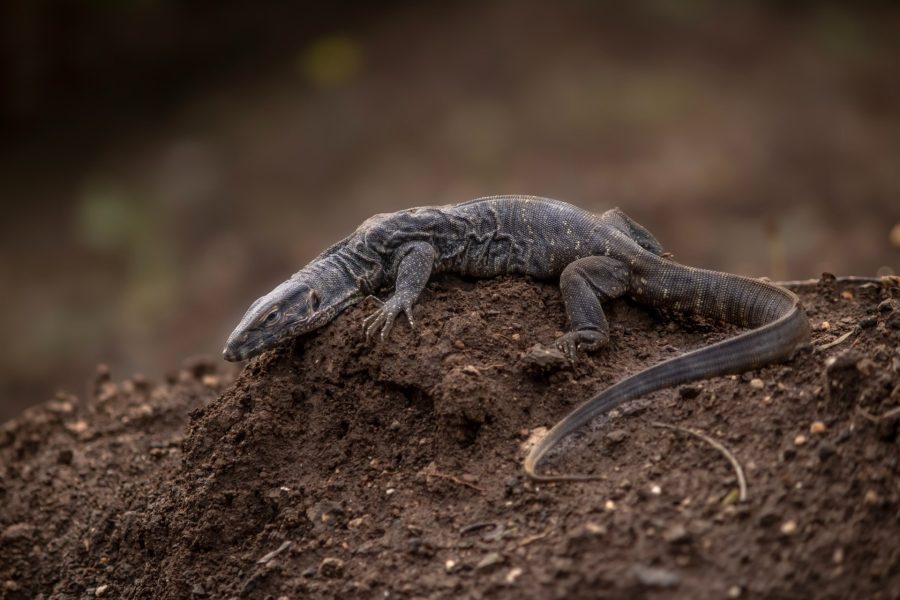In the words of world renowned photographer Ansel Adams, “You don’t take a photograph, you make it.”
Photographers go to extreme lengths to get a perfectly timed photograph, sometimes spending days in the wild and even risking their lives in the process! On the occasion of World Photography Day, we present to you seven remarkable stories behind each of the seven photographs captured by our dedicated Wildlife SOS photographers!
Subscribe to the Wildlife SOS newsletter and get a monthly email highlighting our favorite wildlife photos!
Leopard Cub Rescue and Reunion
Through the years, Wildlife SOS has witnessed some of the most incredible moments of motherly love of the wild between leopard cubs and their mothers. Our team, in collaboration with the forest department, has so far reunited over 90 leopard cubs found in human-dominated areas with their mothers!
Cubs, including one as young as 14 days old, have been rescued and successfully reunited with their mothers. Reunions are essential for every cub since they are highly dependent on their mothers for food, protection and shelter. Mothers also teach their young ones all the necessary skills — how to hunt, forage, and survive in the wild.
Pangolin, the Scaly Anteater
Villagers in Uttar Pradesh called the forest department about an “alien-like animal” trodding through their agricultural field. Upon close investigation, the animal was identified as an Indian Pangolin — also known as the world’s most trafficked animal! Wildlife SOS and the forest department immediately rescued the mammal. The pangolin was thoroughly checked for any signs of distress and was soon released back into its natural habitat.
The elusive, shy-natured, solitary pangolin can be identified by its distinct scale-covered body. It is mercilessly hunted, poached, and traded illegally for its scales, foetus, bile, blood, bones, and claws. The species is listed as ‘Endangered’ according to the IUCN Red List of Threatened Species and also receives protection under Schedule I of the Wildlife (Protection) Act, 1972.
The Venomous Spectacled Cobra
The Wildlife SOS Rapid Response Unit often rescues snakes from human-dominated landscapes, amongst which is the venomous Indian Cobra. The snake frequently ventures into plantation fields and urban areas to seek prey and shelter. When stumbled upon by the public, the cobra manages to create a panic situation!
Thus, our team needs to conduct crowd management while safely extricating distressed snakes. Awareness sessions are also held by our team to inform people about snakes that are venomous, and the ones that aren’t. Mr Baiju Raj M.V., Director, Conservation Projects at Wildlife SOS, is also a skilled herpetologist and talks about the Indian Cobra, the myths surrounding this species, the dos and don’ts when encountering a snake, and more!
Rescue of the Majestic Bengal Tiger
Earlier this year, residents of a small village in Uttar Pradesh spotted a Bengal tiger on the roof of a cattle shed! They immediately informed the forest department, who called upon Wildlife SOS and Etawah Safari officials for reinforcement. The teams meticulously planned and initiated the rescue operation amidst an alarmed and inquisitive audience. Such rescues require stringent and quick measures to avoid any conflict or mishap.
After taking utmost precautions and with patience, the eight-hour-long operation was completed successfully. The cattle shed was carefully secured by setting up safety nets, and bricks from the wall were removed to tranquillise the tiger from a safe distance. After several attempts, the big cat was immobilised and shifted to the Etawah Lion Safari Park for medical treatment.
Saving a Sloth Bear
Last year, forest officials spotted a young Sloth bear limping around a rocky terrain in Karnataka and immediately contacted Wildlife SOS for reinforcement. The bear’s leg was caught in a deadly snare trap and thus, without any delay, the teams managed a safe rescue of the animal. Snare traps are amongst the many tools utilised by farmers to prevent crop-raiding by wild bears. Poachers use it to trap an unsuspected animal. Sometimes, however, innocent animals like Sloth bears are trapped and injuries caused push them into a lifetime of pain and suffering.
Fortunately, due to the timely intervention, this female bear was rehabilitated at the Bannerghatta Bear Rescue Centre and provided with a healthy diet, medical treatment, and a healthcare plan. Millie was recently introduced to another resident bear, who has become a perfect addition in her life! The two bears now engage in playful fiddling with enrichment items that ensures their physical as well as psychological well-being.
Close Encounters with the Bengal Monitor
Ever-increasing urbanisation and shrinking habitats have compelled wild animals to live in close quarters with humans. Finding reptiles in human-dominated landscapes has become frequent in recent times and our team is well-equipped and highly trained to handle rescue operations safely. However, rescues become complicated when numerous misbeliefs and myths are associated with the distressed animal.
Due to their unique characteristics, Bengal monitor lizards elicit fear amongst people. They are often falsely labelled as venomous beasts, resulting in a number of conflict situations. Wildlife SOS has rescued numerous monitors from people’s homes, factories, residential areas, commercial buildings, and public places. They are kept under medical observation and after being declared fit by our veterinary staff, they are released back in the wild.
Caring for Orphaned Baby Monkeys
Due to the ever-increasing encroachment of wild habitats, Rhesus monkeys are gradually making their way into India’s urbanised blocks. This worrisome shift enhances their chances of conflict with humans and even leads to the untimely demise of the mother monkeys. As a result, young baby monkeys are left orphaned and vulnerable.
The Wildlife SOS team frequently rescues and rehabilitates such infants and tries to fulfil the role that mothers, their sole providers, would have otherwise played. A specialised care and regimen is planned for the babies that involves regular check ups and hand-feeding. Pairing two or more infants has also been known to help monkeys heal. Once they are independent and deemed fit to survive in the wild by our veterinary team, the monkeys are released back into the wild.
Photography is not only a passion, it is also a tool that inculcates, and appreciates, perspective. Wildlife photography carries a wealth of stories that each photographer has captured for us to know more. Photographs indeed hold the ability to speak to its audience, sometimes more than words can. Documenting wildlife and the environment visually has been able to aid nature’s narrative; photographs inform viewers of its resplendent beauty, along with the urgency to retain it.
For more interesting content on wildlife, subscribe to the Wildlife SOS newsletter now!





